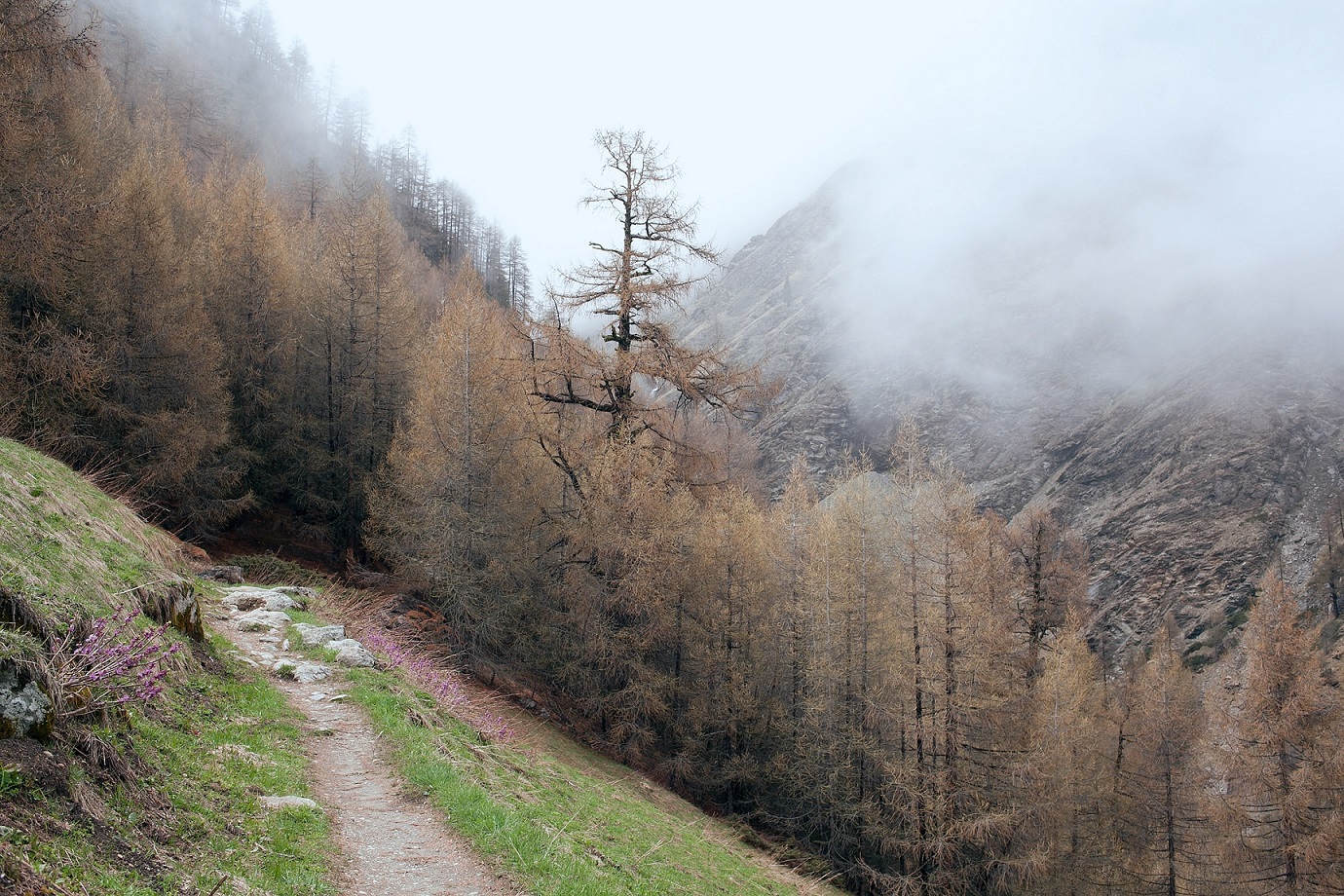The U.S. Forest Service recently decided to reroute a road in the Bridger Mountains near Bozeman rather than engage in a costly court battle with a landowner to obtain a prescriptive easement across his property. For many access advocates, that rational agreement represents a slippery slope.
The decision to negotiate rather than litigate stands in stark contrast to an access dispute between a small landowner on Indian Creek south of Ennis and the USFS. In October, U.S. District Judge Sam Haddon issued an opinion in which the USFS prevailed with a finding that it has a prescriptive easement for a trail running through the front yard of the 80-acre property. Unfortunately, the landowner spent over a million dollars of their own money, and the USFS spent millions of taxpayer dollars on the litigation. This is the slippery slope that we should all be concerned about.
Consider the fact that the USFS had a letter of agreement from the landowner giving the USFS an easement across the property not by prescription, but by a grant from the landowner. The letter of agreement established a new trail location and required the landowner to pay for construction of the new trail and two new bridges. According to Madison District Ranger Mark Petroni (Feb. 10, 2006), “They (the landowner) have offered to partner with us to acquire an easement across their property, assist with acquisition of an easement across their neighbor, the CB Ranch, and help fund NEPA (environmental review) and construction of a new trail location that avoids their lawn. This potential partnership is too good to pass up.”
Despite the fact that the landowner maintained the trail and existing bridge, never once denied access to the Lee Metcalf Wilderness Area, and never suggested that access would be denied in the future, the USFS ended its good neighbor policy on Sept. 1, 2011, and pursued a prescriptive easement instead. It filed a statement of interest stating that, “The United States of America states that it has and claims an easement for the Indian Creek trail 328 over and across” the private land. Based on that statement of interest, the landowner sought to clarify or “quiet” its title.
Establishing a prescriptive easement requires that the USFS must show open, notorious, exclusive, adverse, continuous and uninterrupted use by the public on private land without permission from the landowner. Historically that has been a high bar, but the judge lowered that bar in the Indian Creek case granting the prescriptive easement based on a USFS Trail Registers from 1969 and from 1970 showing only 30 users per year. Moreover, the Indian Creek landowner posted signs notifying trail users that they were crossing private property with “gratuitous permission.”
The message to all landowners is clear: If you allow even a few people to cross your property to access public land, you may find yourself in court spending millions on lawyers and losing control of your property. With that message, it is reasonable to expect that many landowners will stop allowing access.
To see how far the USFS is willing to push its interest in access across private property, consider the advice from District Ranger Alex Sienkiewicz (Yellowstone Ranger District) posted on July 7, 2016, on the Facebook page of the Public Land/Water Access Association: “NEVER ask permission to access the National Forest Service through a traditional route shown on our maps EVEN if that route crosses private land. NEVER ASK PERMISSION; NEVER SIGN IN (concerns —c ome see me)… Whatever past (district rangers) or colleagues have said, I am making it clear, DO NOT ASK permission and DO NOT ADVISE public to ask permission… By asking permission, one undermines public access rights and plays into their lawyers’ trap of establishing a history of permissive access.” Landowners beware!
Access disputes will continue as a growing population pushes for more access across private lands. The dilemma facing public land management agencies is whether to pursue litigation or negotiation. Not only is litigation costly to landowners and the government, it tears at the social fabric of cooperation among landowners, federal and state agencies, and public land users that has been the tradition in Montana. Let’s hope that the Forest Service’s decision in the Bridger Mountain case does set precedent.
This article originally appeared in the Missoulian on December 12, 2016.




